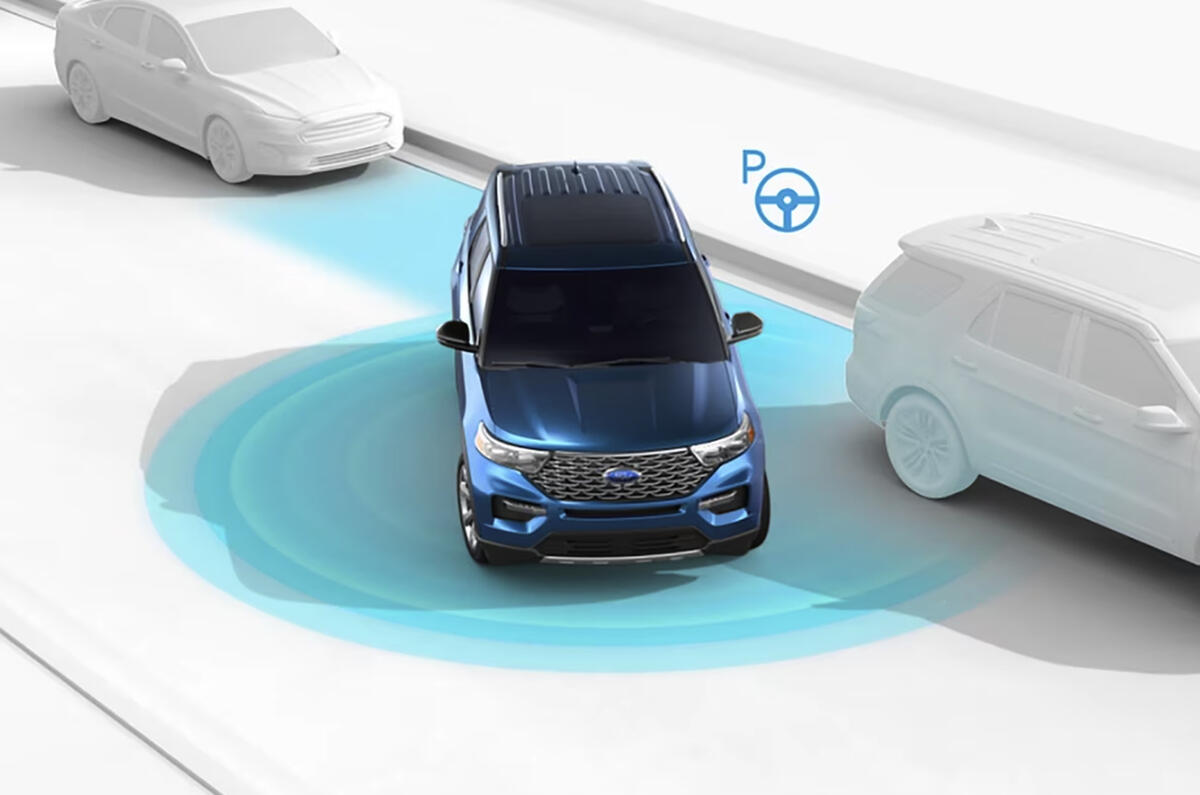The updated Ford Puma lacks many of the dashboard buttons fitted to the outgoing model, most of which have migrated to the much larger screen. But one has disappeared altogether: Active Park Assist.
This was the automated parking function that used the car’s ultrasonic sensors to measure gaps between parallel parked vehicles big enough to automatically slot in the Puma (or Ford Fiesta or Ford Focus etc).




Add your comment